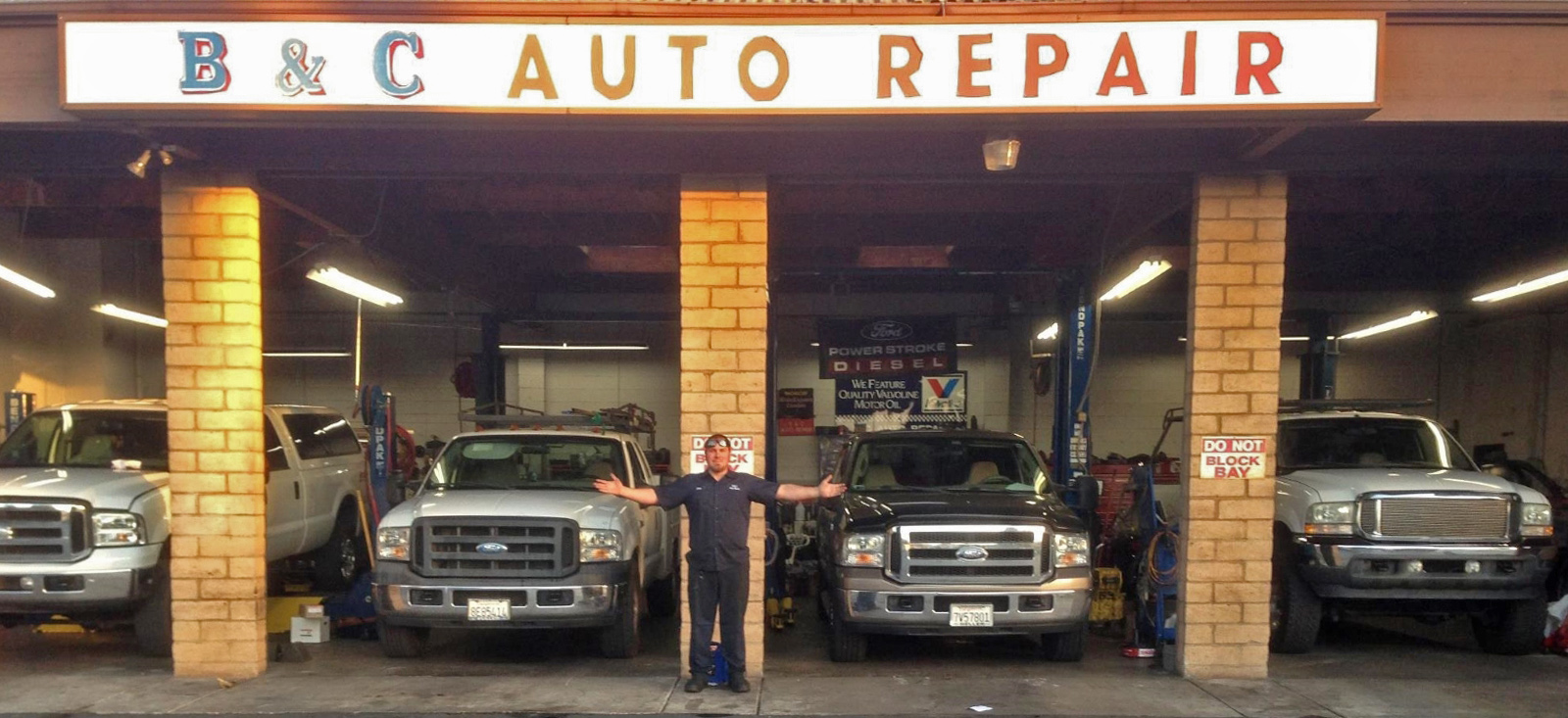


Some worry that eventually, services like GM’s Onstar could share data they receive from connected cars with local GM dealers, who offer repairs and maintenance service, but they won’t necessarily share this type of information with Dykstra or the other 180,000 independent auto repair businesses in the United States, which could leave them at a disadvantage. Tesla says it can spot 90% of service repair issues remotely, so it can order parts and have them waiting for customers at its repair centers. These recommendations are not based on the traditional “it’s been 3,000 miles” timeline, but upon sensors that monitor what is happening in the car and things like the climate of your area. With cars, though, the whole argument is about to change: because as much as computers have already changed cars, connecting those computers to the internet could change the auto industry even more.īy 2020, Gartner predicts, 250 million connected cars will be on the road, about one in every five vehicles worldwide. Connected cars offer more than elaborate infotainment systems: They will also allow manufacturers to remotely monitor a vehicle’s health, predict what maintenance work and repair work it needs, and to diagnose its problems.Ĭar manufacturers have just begun to explore ways to expand business opportunities that could be built on connected vehicles and all of the data that come with them. GM’s Onstar, for instance, tells customers when they need an oil change or when their brake pads need to be switched. This has been the subject of a massive negotiation, similar to the debate over whether smartphone manufacturers like Apple should make it easier for other companies to fix their phones. There are tens of thousands of codes, and the way to fix the problems they diagnose might be different for every single make and model of car.įixing some problems in today’s new cars requires some relationship with their manufacturers.
#Auto repair shop software#
Other trouble codes require specific software or access from different manufacturers to read and understand. “P2706” means a shift solenoid F malfunction. They then read trouble codes from those tools’ screens. Technicians often start a repair not by poking around an engine, but by plugging a computer tool into what’s known as an “On-board diagnostics (OBD port”-a cracker-sized opening, often located under the dashboard, that looks similar to one you may have seen on a computer monitor or DVD player. Soon after, car manufacturers started to add computer controls to vehicles’ steering wheels, airbags, brakes, windows, mirrors, and just about everything else. Dykstra’s current Audi has around 75 computer modules in it, and employees at his three repair shops near Grand Rapids, Michigan, are more appropriately called “technicians” than mechanics. When Jim Dykstra became part owner of his family’s auto repair service business in 1994, mechanics diagnosed car problems by looking under the hood.


 0 kommentar(er)
0 kommentar(er)
